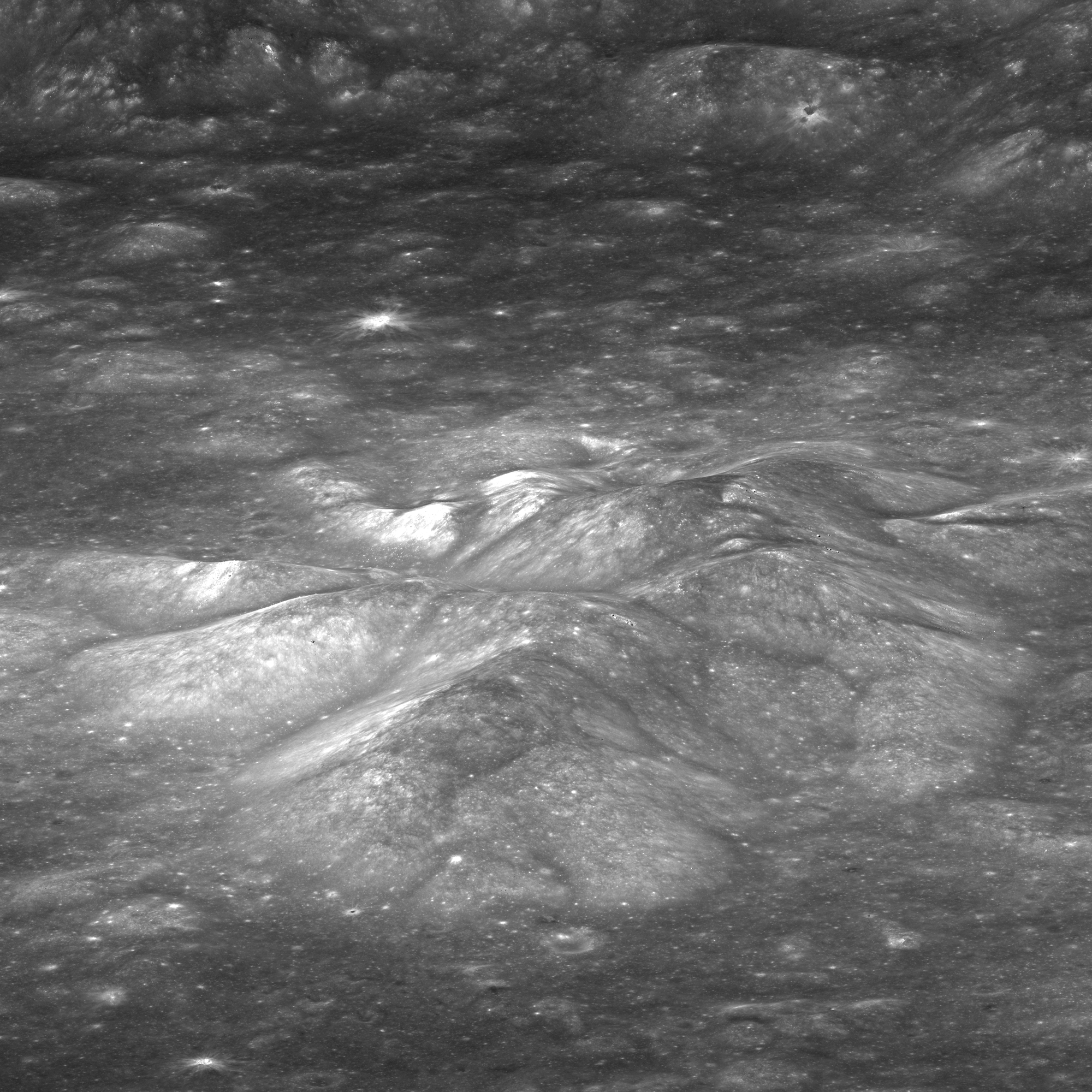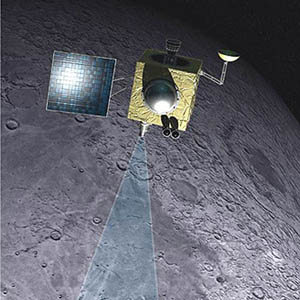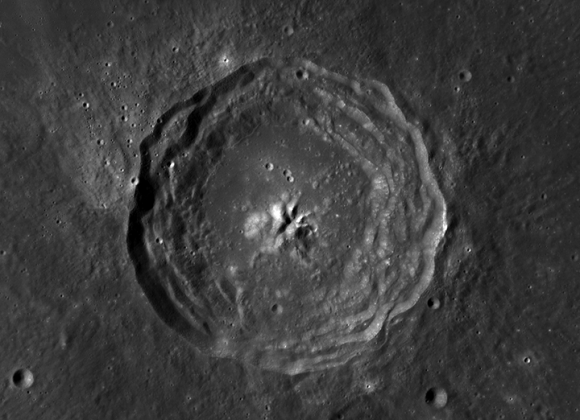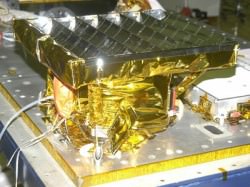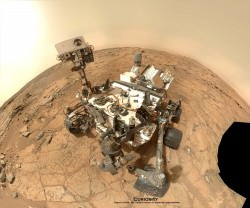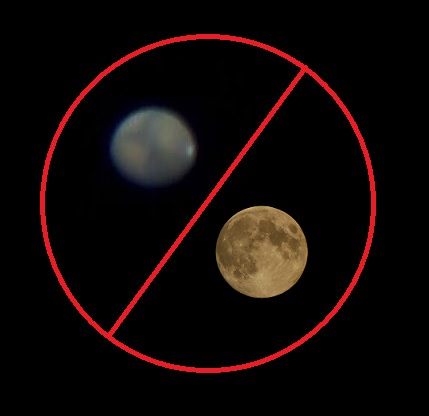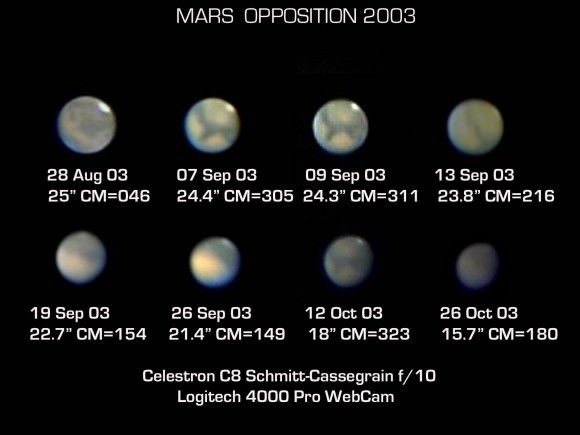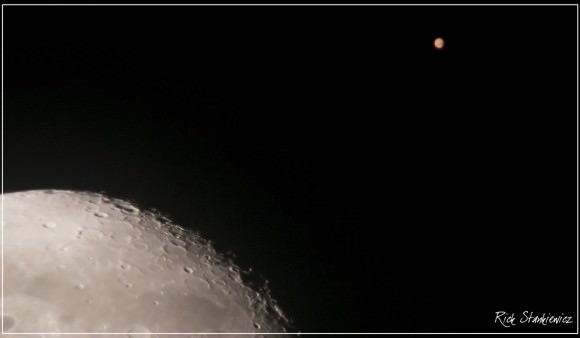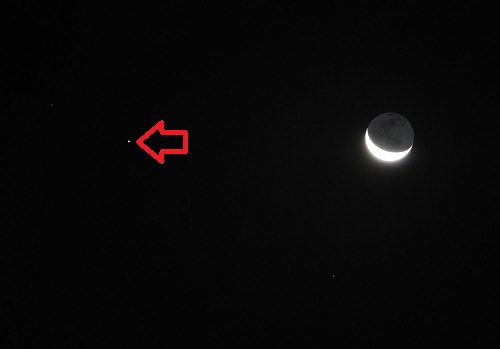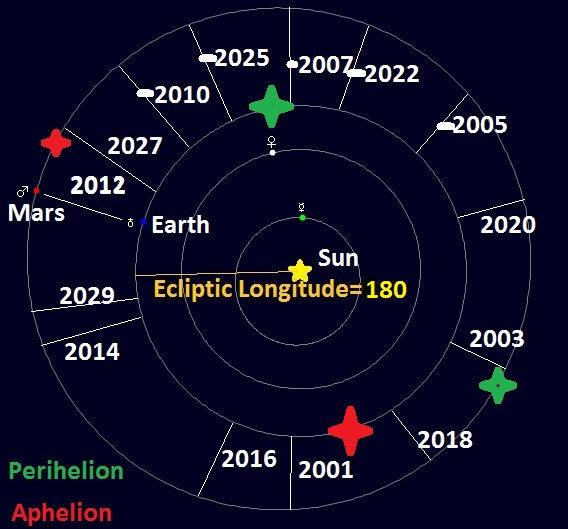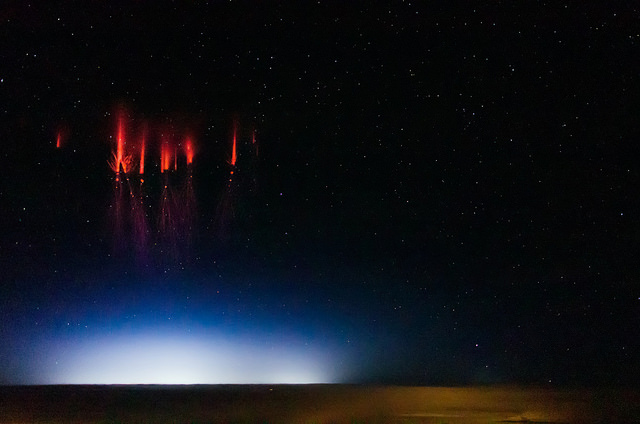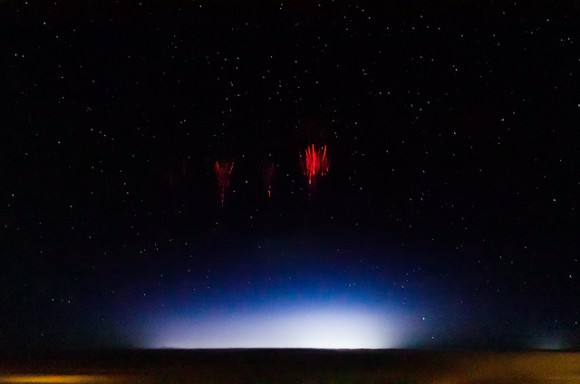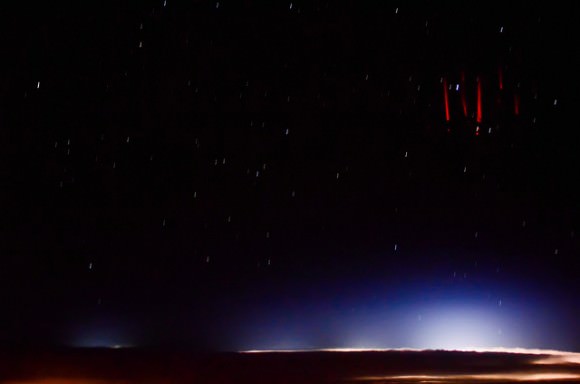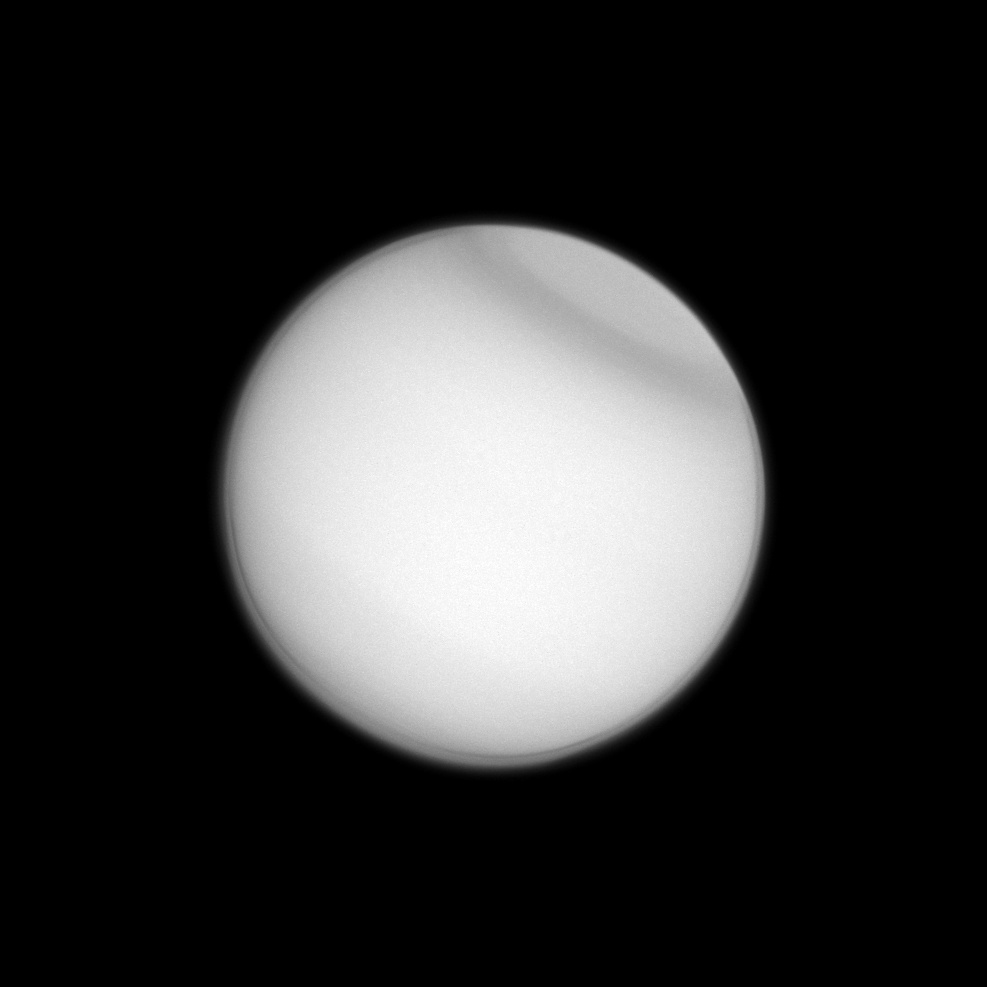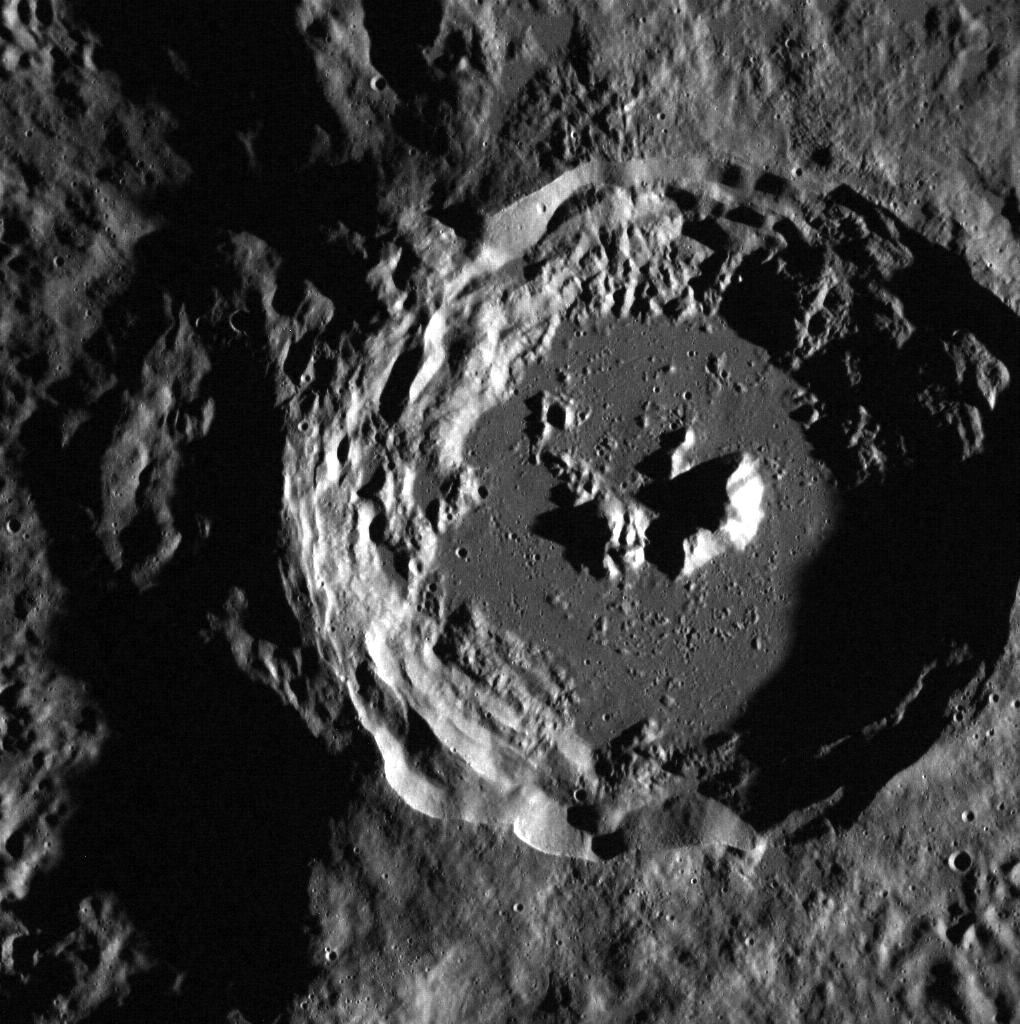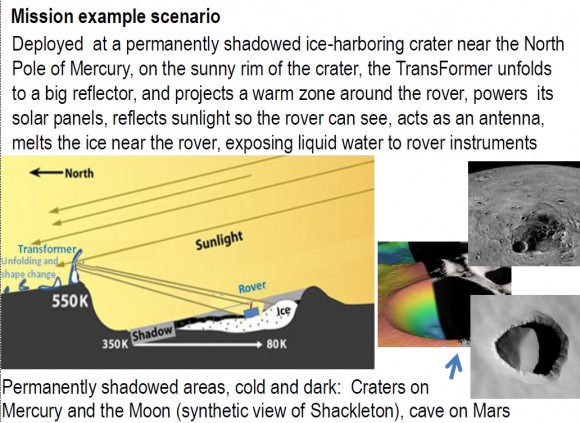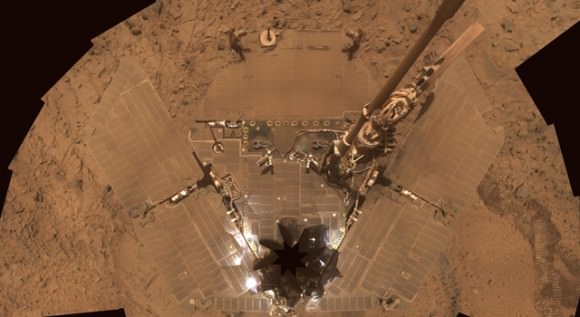Determining weather patterns in exoplanet atmospheres – hundreds to thousands of light years away – is extremely difficult. However, given that it may be one of our best ways to truly characterize these alien words, it’s a challenge astronomers have accepted willingly.
Most models have a very simple foundation, necessarily eliminating the complex physics that is difficult to incorporate and analyze. Recently, a team led by Dr. Konstantin Batygin of Harvard University, added one more parameter to their models, drastically changing their results.
The punch line is this: the inclusion of magnetic fields significantly changes, and actually simplifies, the atmospheric circulation of hot Jupiters.
Hot Jupiters orbit dangerously close to their host stars, roasting in stellar radiation. But they are also tidally locked to their host stars – one hemisphere continually faces the star, while one continuously faces away – creating a permanent dayside and a permanent nightside.
One would expect the temperature gradient between the dayside and the nightside to be very high. However, various weather patterns play a role in strongly decreasing this temperature gradient. As an example, we now know that clouds may significantly decrease the temperature of the dayside.
Dr. Batygin’s team analyzed magnetic effects within atmospheric circulation. “The case of hot Jupiters is quite peculiar,” she told Universe Today. “The atmospheres of hot Jupiters have temperatures that reach up to 2000 Kelvin, which is hot enough to ionize trace Alkali metals such as potassium and sodium. So the air on hot Jupiters is actually a weakly conducting plasma.”
Once the alkali metals have been ionized – stripped of their electrons – the upper atmosphere contains all of those charged particles and becomes a plasma. It is then electrically conductive and magnetic effects must be taken into account.
While the underlying physics is pretty complex (with nearly 40 multi-lined equations in the paper alone), the introduction of magnetic effects actually simplified the model’s outcome.
In the absence of magnetic fields, the upper and lower atmospheres feature two distinct patterns of circulation. The upper atmosphere consists of winds blowing away from the dayside in all directions. And the lower atmosphere consists of zonal flows – the bands of color on Jupiter. The zonal flows move parallel to lines of latitude in an east-west fashion. Each moves in a different direction than the one above and below it.
“Upon introducing magnetic fields, fancy dayside-to-nightside flows are quenched and the entire atmosphere circulates in an exclusively east-west fashion,” explains Dr. Batygin. The upper atmosphere resembles the lower atmosphere – zonal flows dominate.
Throughout these models, Dr. Batygin et al. assumed a magnetic field aligned with the rotation axis of the planet. Future work will include a closer look at the effect of a more complicated geometry. The team also intends to extend these results to hotter atmospheres, where magnetic fields will slow the rate of these zonal flows. According to Dr. Batygin, “this has potentially observable consequences and we hope to elucidate them in the future.”
These results will be published in the astrophysical journal (preprint available here).


